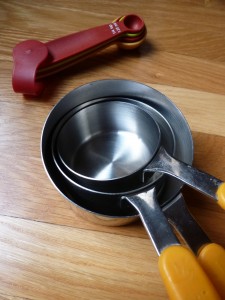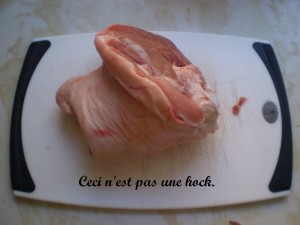This past weekend we held the fourth annual Eat Alberta conference at NAIT here in Edmonton. Eat Alberta is a one-day conference designed to teach Albertans how to find and prepare local food. We do this with hands-on kitchen sessions, classroom presentations, and critical tasting sessions, all of which are led by local farmers, chefs, and other food experts.
At the end of the day guests are given a tasting board that features some notable regional products. I’ve prepared these boards for the last three years, and this year I promised to reveal the details of how each component was made. Over the next week I’ll be posting recipes and procedures for each of the following:
- Bison Jerky – Medicine



